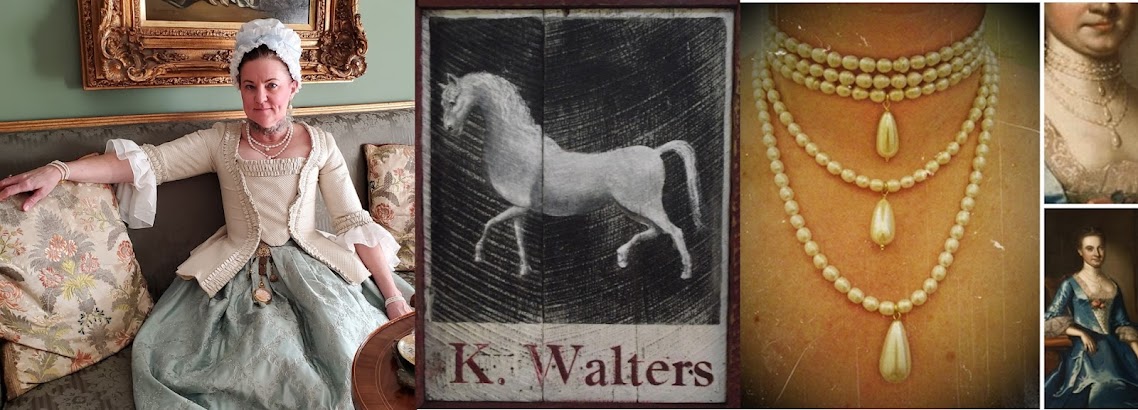I am sure that you want to know more about these masks! A
friend of mine, Philippe Halbert, has done research about them. He talks
about how "protective face coverings have emerged as a potent
multifaceted metaphor the Covid-19 pandemic. Despite inconsistent examples set
by elected leaders and conflicting recommendations made by public health
officials, unisex masks have steadily assumed a greater role in social
distancing measures and become mandatory in certain settings outside the home.
Options range from standard blue and white surgical masks to creative DIY
improvisations and “Corona Couture.” Some museums are looking to
add homemade masks to their collections as a way to document the crisis.
Worn for slightly different reasons and more implicitly gendered, the masks
owned by early American women and even children were no less symbolic in terms
of practical use, commodification, or controversy."
"Notwithstanding their association with pre-Lenten carnival and the
masquerade, early modern masks also served utilitarian, health-related
purposes, namely protection against sun and windburn, and the preservation of a
light or pale complexion for European women and those of European descent
living in the Americas. Believed to have
originated in sixteenth-century Italy, oval masks sometimes referred as
“vizards,” “visors,” and even “invisories” in early English sources were
available in black, brown, green, red, and “natural” colored velvet. They
appear to have changed little in overall design and materiality as they made
their way across Europe and the Atlantic Ocean by the mid-seventeenth century." To read more about this go to this - link.







